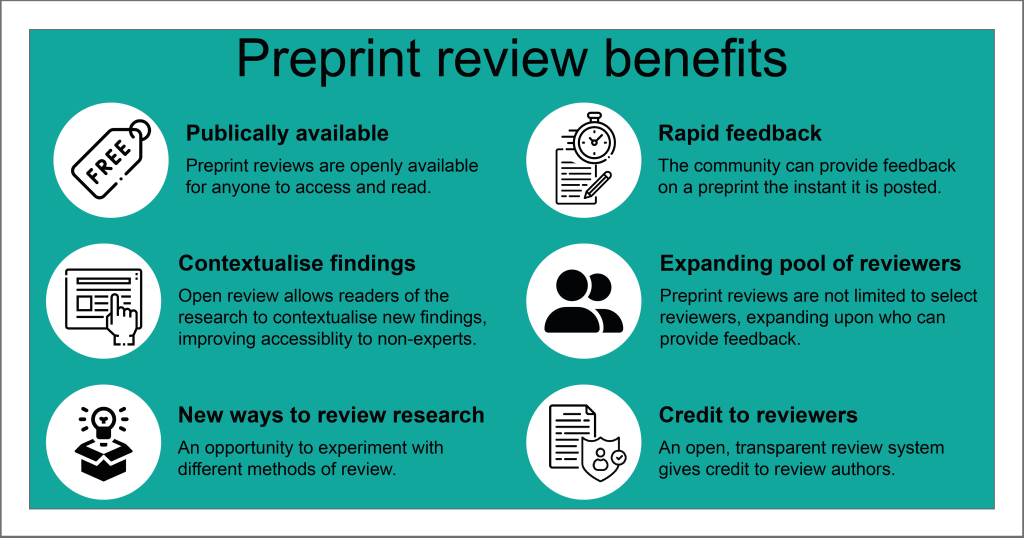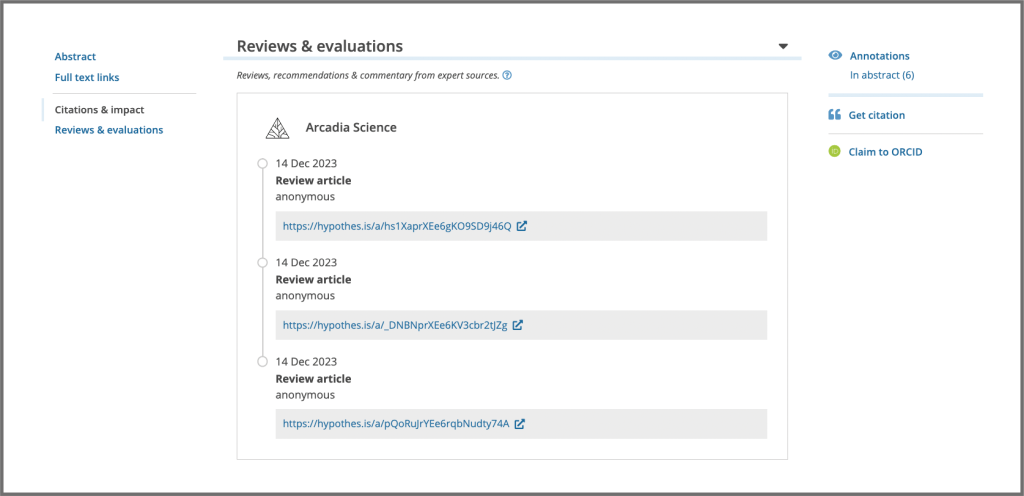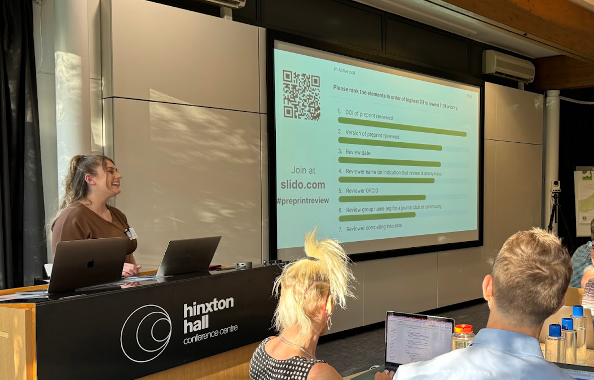Visualization & Pearson’s correlation coefficient The 30DayChartChallenge is a data visualization community that hosts daily challenges for April. Today’s challenge involves dinosaurs. I used the Datasaurus package to create an animated visualization to demonstrate the importance of graphing data, and the effects of outliers on statistical properties.
Rogue Scholar Posts
Lissajous Curves Lissajous curves are created by plotting two oscillations on perpendicular axes and . These oscillations, represented by sinusoidal functions, intersect to create different patterns. When the ratio of these frequencies is equal to — the oscillations are equally phased— the curve is a straight line.
TL; DR: Don’t be an absolutist– use relative paths. Use the here package instead of setwd() or getwd() to increase reproducibility and avoid wasting your and other people’s time.
RQ: What exactly is the CLT and what’s the deal with n 30? CLT - mathematical definition and simple terms definition How we use CLT How to know when empirical distribution converges to normal distribution? How did we come up with n $ $ 30? Cohen (1991) Taught that at least 30 observations were needed to use critical-ratio approach used in t-tables when comparing groups.
**Europe PMC POSI update – 2 years on ** Two years have sailed by since Europe PMC adopted the Principles of Open Scholarly Infrastructure (POSI) in February 2021. POSI is a set of guidelines for open scholarly infrastructure providers and outlines how these organisations should be run and sustained. It offers a framework to uphold transparency and accountability.
Quantile Beta Regression The quantile beta regression model discussed in the 2021 paper by Running Code When you click the Render button a document will be generated that includes both content and the output of embedded code.

Preprinting has soared in popularity in the life sciences and is increasingly recognised as an excellent method to share research outputs quickly and freely. While preprints have gained popularity, an important consideration is ensuring their scientific quality. This prompted the development of platforms where researchers can comment on, evaluate, and review preprints.

As 2024 begins we reflect on the achievements our team made in 2023 to meet your needs as users. The team’s efforts were concentrated on building trust in preprints, open sourcing code, as well as expanding and improving text-mining capabilities. Preprint highlights

The practice of preprinting in the life sciences has grown rapidly. In addition to accelerating scientific publication, preprinting also has the potential to open new avenues of communication among researchers. For example, preprint peer review offers tremendous potential for changing the culture of scientific assessment, broadening participation, and enhancing the robustness of scholarship.
In July 2020, Europe PMC began indexing the full text of COVID-19 preprints. The initiative supported by Wellcome, the UK Medical Research Council, and Swiss National Science Foundation, has now made over 15,300 full text COVID-19 preprints searchable and free to read, alongside peer reviewed articles. Number of full text COVID-19 preprints in Europe PMC by month.